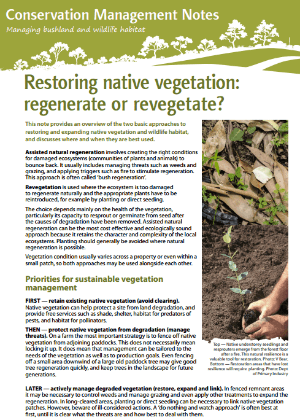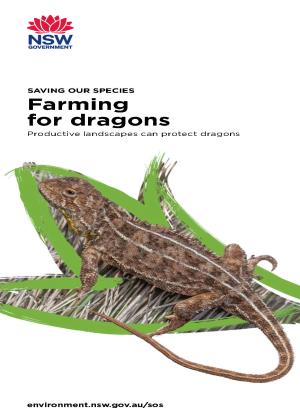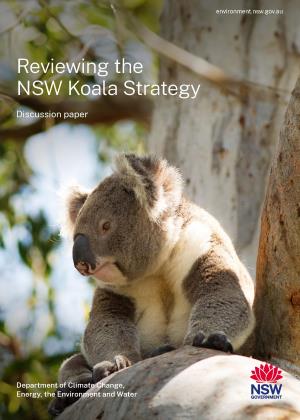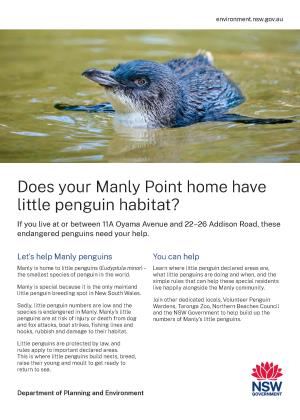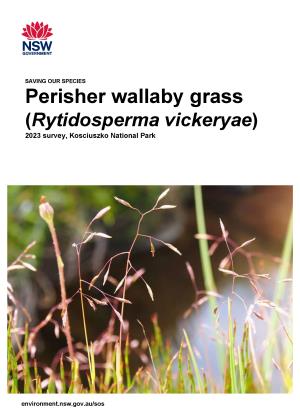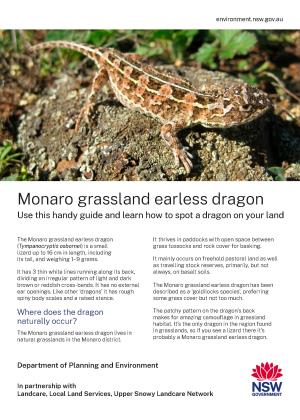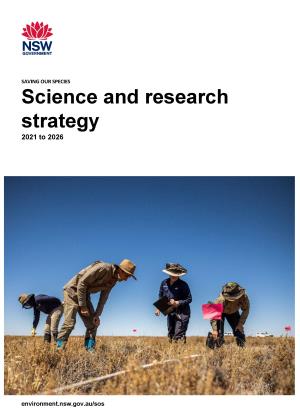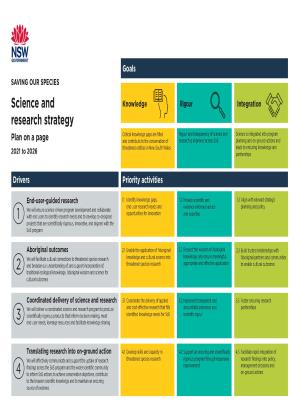Assisted natural regeneration involves creating the right conditions for damaged ecosystems (communities of plants and animals) to bounce back. It usually includes managing threats such as weeds and grazing, and applying triggers such as fire to stimulate regeneration. This approach is often called ‘bush regeneration’.
Revegetation is used where the ecosystem is too damaged to regenerate naturally and the appropriate plants have to be reintroduced, for example by planting or direct seeding. The choice depends mainly on the health of the vegetation, particularly its capacity to resprout or germinate from seed after the causes of degradation have been removed. Assisted natural regeneration can be the most cost effective and ecologically sound approach because it retains the character and complexity of the local ecosystems. Planting should generally be avoided where natural regeneration is possible.
Vegetation condition usually varies across a property or even within a small patch, so both approaches may be used alongside each other.

